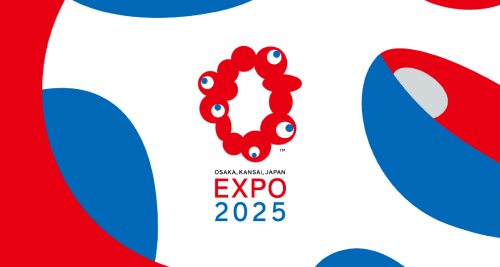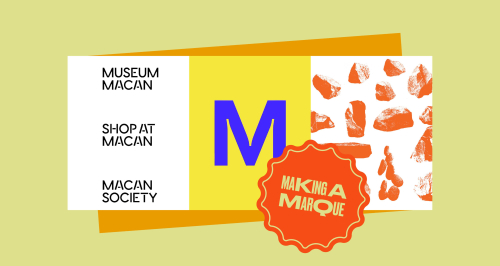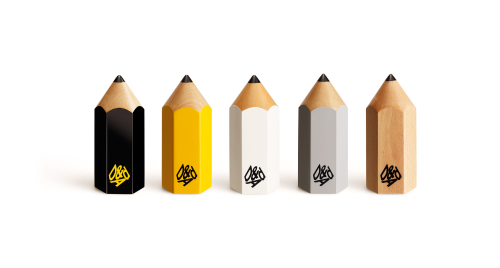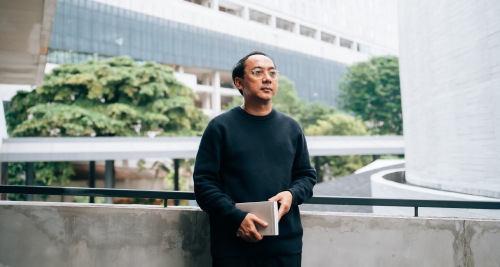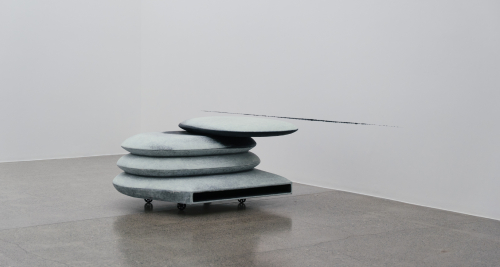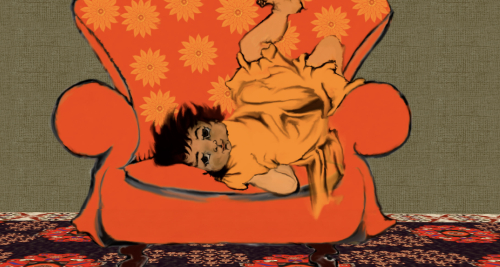Harvesting Identity through Design: The 6th Guanzhong Mangba Festival In Focus
For international audiences, Chinese contemporary art is often defined through the global recognition of individual figures: names like Ai Weiwei and Ren Hang, who have become synonymous with provocative, boundary-pushing work. Ai Weiwei is known for his scathing critique of the Chinese state (amongst other countries), using installation, photography, and performative gestures, most famously in his Study of Perspective series, which depicts him defiantly raising his middle finger at iconic landmarks around the world. Ren Hang, by contrast, gained notoriety through his controversial photography—juxtaposing the human body with natural and surreal elements, often tinged with eroticism and melancholy, further intensified by the circumstances surrounding his tragic death. These artists stand out not only for their bold aesthetics, but for their individuality and ability to command Western media attention. Yet, their global fame begs the question: what about the broader, local creative landscapes they emerged from? How much do we really know about the everyday art practices happening within China?
This lack of awareness compels us to reflect on how knowledge of international art scenes is shaped. Is it entirely mediated through platforms that favour global exposure like social media and Western-dominated art forums? If so, our understanding becomes filtered, incomplete, and perhaps unfairly narrow. In the process of researching China’s art and design industry, we became increasingly aware of our own biases, especially how easily we equate visibility with value. Ironically, our entry point into the Chinese creative scene was not through its fine art institutions, but through graphic design.
Our visit to the D&AD Festival in London this May offered a refreshing opportunity to explore design work with a truly international outlook. One of the most striking projects we encountered was from Untitled Macao: the 6th Guanzhong Mangba Festival, which earned a Graphite Pencil for Brand Identity Refresh, a Wood Pencil for Illustration, and a Graphic Design Shortlist. It stood out not just for its aesthetics but for its sincere effort to represent and celebrate rural Chinese culture.
The Guanzhong Mangba Festival, as described by Untitled Macao, is an art festival rooted in rural life, aiming to showcase the rich culture of the Guanzhong region. The design for the festival’s sixth iteration built upon previous visual identities while continuing to modernise the narrative of the village. With a palette of vivid colours and bold graphics, the design captured the vibrancy of Guanzhong’s customs and daily life. Drawing on Mangba’s designation as the “Capital of Carbohydrates,” the campaign incorporated motifs from harvest culture, such as wheat, corn, and livestock, to signal both abundance and rest as the festival follows the summer harvest.
“The composition breaks down traditional typesetting patterns, adopting irregular layouts and dynamic visual flow to guide the viewer’s gaze across the image,” said Untitled Macao’s Creative Director, Au Chon Hin in an interview. The design strategy employed geometric shapes, dotted lines, and colour gradients in abstract illustrations which creates an expressive, modern homage to rural memory. There’s a sense of nostalgia at play, but it is paired with a forward-looking energy. The posters, merchandise, and campaign images—featuring locals adorning festival-branded merchandise—offered a rare, genuine connection between experimental design and cultural storytelling.
In the motion elements of the campaign, Untitled Macao referenced the 4th Guanzhong Mangba Festival branding, originally developed by Another Design, which had won two Graphite Pencils. That iteration had notably centred sound in its animations, bringing the sounds of village chatter into the campaign as a kind of sensory invitation. In the 6th edition, Untitled Macao carried this sonic tradition forward with soundscapes that included the clinking of dishes and rustling in the fields. These elements added depth to the motion posters, where animated farm animals subtly “moved” toward the viewer, playfully suggesting the community’s call to gather.

This work is part of a larger phenomenon in China known as yìshù xiāngjiān—artistic intervention in rural communities—which refers to creative projects that act as aesthetic or social engagement tools to revive local economies and amplify regional voices. In Guanzhong, the village itself becomes the site of exhibition and artistic production during the festival, hosting public art installations and performances rooted in community. While there is limited international coverage of the festival (which has made it difficult to assess the full scope of its art programming), the campaign design alone reveals the spirit and intent of the initiative.
Through their work, Untitled Macao succeeds in capturing a moment that bridges tradition and innovation. Their design becomes a form of visual storytelling that communicates the festival’s cultural importance, its joy, and its communal strength. Designers Au Chon Hin and his team have treated the task not just as a branding exercise but as an act of cultural preservation and amplification.
As described by scholars Danzhou Li and Jian Xiao, the festival operates as a model of chǎnyè fùnéng—or industrial development—where creative workers and cultural entrepreneurs lead rural revitalisation efforts. Here, design becomes both mirror and medium: reflecting Guanzhong’s rich heritage while empowering its residents to engage with art forms that had once seemed distant or inaccessible.
Even without extensive media documentation or critical writing on the festival’s outcomes, the design work of Untitled Macao offers a powerful narrative. It reminds us that in the absence of visibility, design can still speak volumes. At the very least, it compels us to pay attention.

